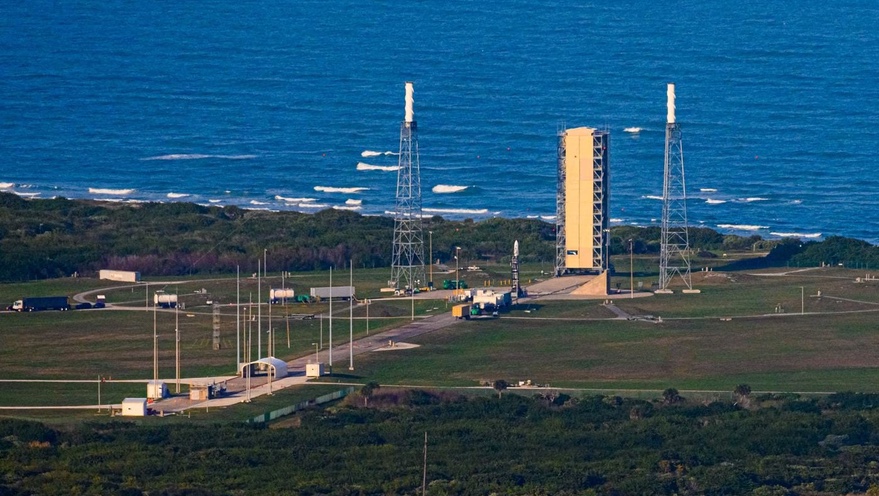WASHINGTON — Astra Space is preparing to conduct the first of three launches of NASA cubesats to monitor tropical storms as soon as June 12, pending receipt of a launch license.
The company announced June 8 that it was ready for the launch of two Time-Resolved Observations of Precipitation structure and storm Intensity with a Constellation of Smallsats (TROPICS) cubesats on its Rocket 3.3 vehicle from Cape Canaveral on June 12. The launch is the first of three under a NASA contract awarded in February 2021 valued at $7.95 million.
“We’re expecting a launch license on Friday [June 10] to enable us to begin a series of launches for the TROPICS mission that is coming up out of Cape Canaveral,” Chris Kemp, chief executive of Astra, said in a Bloomberg Television June 8. “Our launch window will open up on Sunday, should we receive the license on Friday.”
The company said in a May 5 earnings call that the three TROPICS launches were the next on the manifest and would take place in “a pretty rapid cadence,” according to Kemp. However, he said it was unlikely the company would conduct all three launches in the second quarter.
Speaking at a meeting of the National Academies’ Space Studies Board June 9, Thomas Zurbuchen, NASA associate administrator for science, said the launches would take place about two weeks apart. TROPICS requires three launches to place the satellites into separate orbital planes to improve revisit times.
“I love TROPICS just because it’s kind of a crazy mission,” he said. “Think of six cubesats doing science, looking at tropical storms with a repeat time of 50 minutes instead of 12 hours.”
Each three-unit cubesat carries a microwave radiometer to collect information on temperature, humidity and precipitation. NASA tested that sensor on an experimental cubesat, TROPICS Pathfinder, launched in 2021. The full TROPICS constellation will allow for frequent revisits that are useful for tracking rapid growth of tropical storm systems.
Both the TROPICS satellites and at least the first of the three Rocket 3.3 vehicles have been ready for some time, with the Federal Aviation Administration commercial launch license the only remaining step. Astra previously obtained an FAA launch license for a launch from Cape Canaveral in February using the agency’s streamlined Part 450 regulations, and did not explain why it needed a new license for the TROPICS launches.
Kemp, in an interview in May, suggested one factor was the high rate of launch activity at the Eastern Range. “There’s never been a busier time out at the Cape,” he said. “There’s nothing standing in our way other than getting all the final details with the FAA and the range worked out.”
The launch will be the first for Astra since a March 15 mission that placed its first customer payloads into orbit. It was only the second Astra launch to reach orbit on six attempts, after a November 2021 launch that carried only an instrumentation package that remained attached to the upper stage.
NASA is embracing the risk associated with the vehicle. Zurbuchen noted at the Space Studies Board meeting that the mission requires only two of the three launches to be successful in order to meet its science goals.
“This is a different risk level than what we do in so many other things where we focus on really flattening the risk — pound it down as much as we can — and that is deliberate,” he said. “It is deliberate because speed matters when you’re in the innovation game and we want new capabilities, new assets, new tools.”
